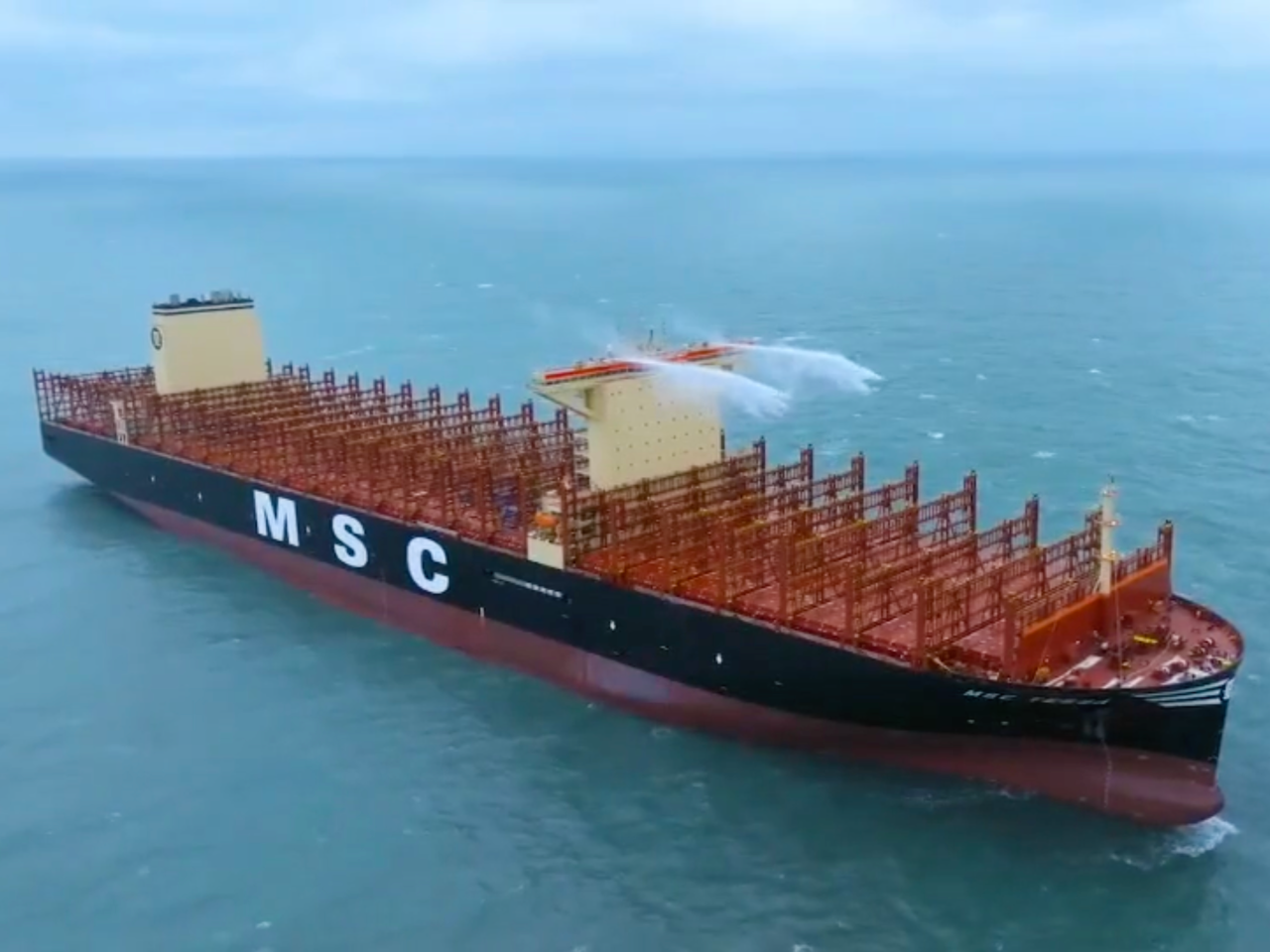“Heaving oscillators” use wave power to extend shipping range
Ships can become mobile wave energy converters, say Chinese researchers, using “heaving oscillators” that draw power from heaving, rolling and pitching movements as they move through the sea, while also acting as motion dampers to improve safety.Contin… Continue reading “Heaving oscillators” use wave power to extend shipping range
